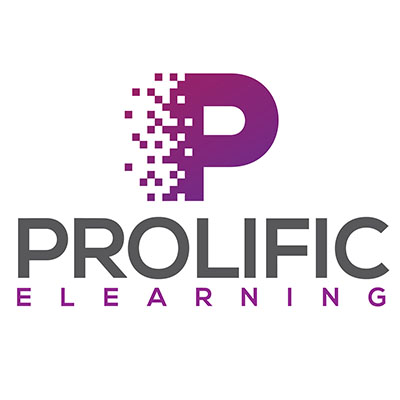ATD Blog
4 Shortcuts That Effective Training Solutions Avoid
Tue Jan 28 2020

Here’s a question that’s sure to make any proficient training designer cringe: “Can you just quickly throw together a PowerPoint?”
Sure, we could take your content and organize it into a slide deck for you to send out to your staff. But the easiest route is seldom, if ever, the most fruitful.
Here are the four reasons why you should never employ shortcuts or quick fixes when it comes to training solutions.
Easier Isn’t Better (or Cheaper) in the Long Run
When it comes to any other business decision, the cheapest option rarely pays off. The same principle applies to your training. Whether you have an instructional designer or you’ve tasked a team member with developing a learning solution, don’t rush development.
Solid training doesn’t just materialize. It requires background knowledge and an understanding of training needs before the development and design can even begin. Once the training itself is complete, a review process ensures its effectiveness. Skipping these important steps in the design process may lead to a faster turnaround, but your product is not going to be quality learning.
Use Your HR Staff As Subject Matter Experts—Not Training Designers
Speaking of shortcuts, it’s tempting to pass a training idea off to the HR team—they’re the experts, right? While a certain department may have the subject expertise, they don’t necessarily have the same skills as a training expert.
Enlist the help of your SMEs to provide a professional instructional designer or training specialist with the information they need to take your training to the next level, but don’t rely on them to create an engaging, effective learning experience.
Impactful Training Doesn’t Rely on the Sit and Get Strategy
PowerPoint is a great tool for organizing and presenting information, and it can be part of effective training, but a standalone slide deck doesn’t allow its audience to engage with the content.
If your company has just invested in new software that will streamline a process, a packet of information with instructions or a slide deck with screenshots may be a great resource. However, the only way to ensure your team can follow the instructions and effectively use this new software is to let them interact with the actual environment.
We learn by doing, so a course should include meaningful interactivity that allows the participants to apply the new information. Also, interactions within a training ensure that your audience stays engaged throughout the whole session instead of nodding off halfway through a lecture-style PowerPoint presentation.
For Progress and Long-Term Success in Your Business, High-Quality Instruction Is a Necessity
There’s no getting around it—if you’re trying to bridge a gap in knowledge, streamline processes, and stay on the cutting edge in your field, high-quality training is the way to achieve success.
Skimping on training can leave your team underprepared and underwhelmed. Instead, devote resources to solidified, meaningful training and invest in the future of your company by providing staff with effective, professional development opportunities.

